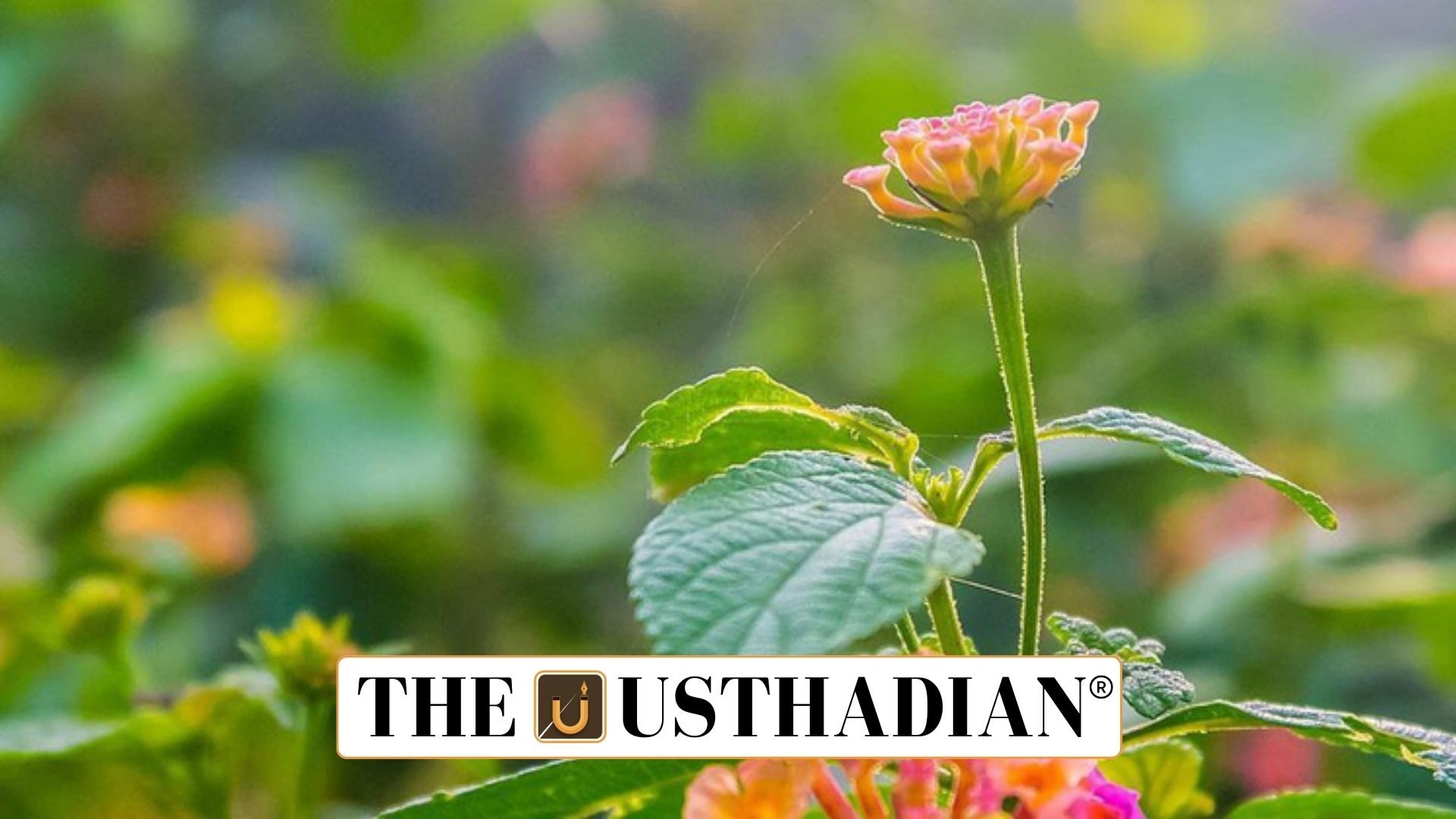Understanding invasive species
Plants as the Most Economically Impactful Invasive Species: Invasive species are plants, animals, or microorganisms that are not native to a particular ecosystem. Once introduced, they spread aggressively and disturb the ecological balance. A recent global study revealed that the economic cost of invasive plants and animals has crossed $2.2 trillion worldwide.
Plants leading the impact
Among all groups, plants emerged as the most economically damaging invasive species, followed by arthropods and mammals. These plants affect agriculture, forestry, and water systems. For example, Eichhornia crassipes (water hyacinth) blocks rivers and irrigation canals, while Parthenium hysterophorus (Congress grass) reduces crop productivity.
Static GK fact: The concept of invasive alien species was highlighted in the Convention on Biological Diversity (CBD) 1992, to which India is a party.
Indian examples of invasive species
In India, Lantana camara spreads rapidly in forests, preventing natural regeneration of native trees. African catfish threatens native freshwater fish diversity. These species not only affect biodiversity but also cause economic burdens for farmers and local communities.
Static GK Tip: The National Biodiversity Authority (NBA), established under the Biological Diversity Act 2002, regulates issues related to alien species in India.
Implications on ecosystems
Invasive species disrupt the food web by outcompeting native species for food, light, and water. They reduce biodiversity and degrade habitats. Agricultural yields drop, and some invasive plants also cause allergic reactions in humans.
However, in rare cases, invasive species have provided ecosystem services. For instance, non-native honey bees serve as pollinators in regions where native pollinators are declining.
Strategies for control
Prevention
The most effective measure is prevention, achieved through strict checks on trade, travel, and shipping. For example, ballast water management helps reduce marine invasive species.
Control methods
- Biological control: Using insects, pathogens, or plant diseases to suppress invasive species.
- Mechanical control: Manual removal, uprooting, or habitat management.
- Chemical control: Applying pesticides, herbicides, or fungicides under regulation.
Eradication and restoration
If invasive species are identified early, complete eradication is possible. Restoration involves reintroducing native species and reviving ecosystems for long-term balance.
Static GK fact: The Global Invasive Species Database (GISD) is a key international repository tracking invasive species and their impacts.
Way forward
Tackling invasive species requires coordinated efforts involving research, community participation, and strict policy enforcement. With rising global trade and climate change, the threat is expected to increase. Effective action is vital to protect India’s biodiversity and food security.
Static Usthadian Current Affairs Table
Plants as the Most Economically Impactful Invasive Species:
| Topic | Detail |
| Global cost of invasive species | Over $2.2 trillion worldwide |
| Most impactful invasive group | Plants followed by arthropods and mammals |
| Indian invasive examples | Lantana camara, Parthenium hysterophorus, Eichhornia crassipes, African catfish |
| Food web impact | Outcompetes natives, reduces yields, spreads diseases |
| Rare benefit | Non-native honey bees as pollinators |
| Prevention method | Trade and travel checks, ballast water management |
| Biological control | Use of predators, parasitoids, pathogens |
| Key Indian authority | National Biodiversity Authority under the Biological Diversity Act 2002 |
| Global convention | Convention on Biological Diversity 1992 |
| Database | Global Invasive Species Database (GISD) |








